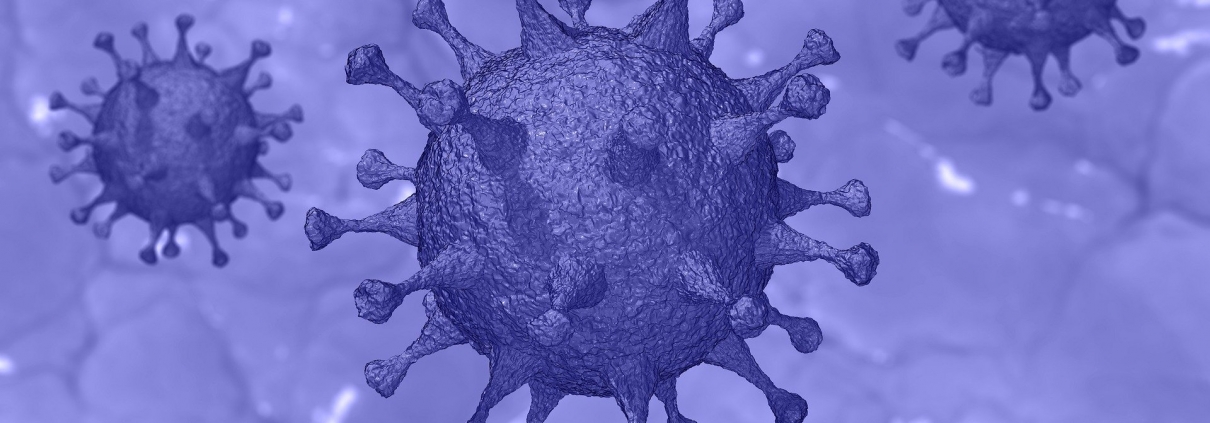What lessons have we learnt to help mitigate a second wave of COVID-19?
As we went into lockdown in March 2020 we were very much in the dark as to the behaviour of the virus and how it would affect different parts of our population. Today, as we consider action in the light of a second rise in infections, we are much better informed.
We know that age remains a sound predictor of both infection and death – but that it is a complex relationship. Like seasonal flu, COVID-19 appears to follow the age pattern of all-mortality risk, though with a greater severity than the infection and death from influenza. We know that men are more vulnerable to both infection and death than women, with a roughly a 5 year age gap in susceptibility. We also now know that there may be a genetic component to this, which disadvantages men. We also have emerging evidence that the long term chronic impact on younger age groups may be around the same as the mortality risk for older people.
We also have a far more sophisticated understanding of the role of chronic conditions. At all ages underlying health issues make individuals more vulnerable, and this includes obesity. We have some indication of the role of increased viral load, and the impact that this may have on increasing the vulnerability of health care workers. We also know that some ethnicities are more prone to both disease and death. There appears to be a complex relationship here to poverty and stress, but also early indications that there is a genetic link – especially for those from South Asia.
All this negates against a blanket segregated lockdown based on simple characteristics alone. Women are less vulnerable than men at all ages, young people appear as susceptible to long term covid related chronic conditions as older people are to dying. Certain ethnic minorities may be more vulnerable to covid due to genetic factors, as with men in general.
From surveys we now have good information on the public health reaction of the British population. Generally, people have taken on board health information, so long as it is clear, well reasoned and well communicated. There is thus a good argument this time around, for public health information to be tailored towards individuals and delivered via GP practices. Those who will need specific shielding are being informed directly from their health care practice. However, a blanket shut down of care homes will lead to unnecessary suffering for many older residents, and priority needs to be shifted this time around to supporting the well-being of older people. Care homes and care home workers have to be a priority this time around.
Care homes
Among other factors, we now know that COVID-19 deaths in care homes were directly impacted by the interactions between hospitals discharges and care homes, including the role of care workers. UK guidance of hospital discharge and dispatch to care homes now appears to have been of high risk to care homes’ residents. There were several pathways of hospital discharge, two of them led to the older person being dispatched to a care home without being necessarily tested for COVID-19 at hospital prior to dispatch. This risk increased as there was no specific guidelines for care homes of how to isolate a COVID-19 suspected patients (any more than what was advised to the rest of the population), and the lack of PPE (personal protection equipment). The infection was then further spread through the social care sector. The government has now reviewed its guidelines and procedures, taking on board the need to consider local circumstances and contexts. It is developing guidelines for visiting, testing and provision of protective equipment. There are still concerns however that the work practices of care workers, many of whom are still reliant on moving between several care homes and community settings, may be problematic in controlling the spread of cv-19. Survey results suggest that care homes with a large number of agency workers, or care workers who work in more than one care setting had higher cv-19 cases. Many of the social care workers still either work through agencies or have multiple roles. Subsequently they can visit several care homes in addition to domiciliary homes, which further spread the infection between the most vulnerable groups of the population and lead to high mortality rate.
Vaccinations
It is clear that those trailing CV-19 vaccines have taken on board the lessons around immunology and older people. A clear issue is that older adults, especially over 70 for men and 75 for women, have an increased mortality risk from CV-19, that mirrors, but is more extreme, than that seen with seasonal influenza. We know that the normal ageing process results in a reduced ability of the immune system to fight off infections – called immunosenescence – the decline in the function of immune system as we age. This also results in a lower response to vaccination against disease.
It is true that most clinical trials are on young people – especially young men – and thus most of our experience with the development of vaccine’s has been in the young. However, this is changing and the current vaccination development trials acknowledge the need to include older adults. We have known for some time how to address the challenge of immunosenescence in the creation of successful vaccines for older people. The best long-term results still come from vaccines which are given to young people which create lifelong immunity, and thus last into old age. This is not the immediate solution here with CV-19 though. However, we know from work on influenza that successful vaccination may be achieved if we combine several practices – such as considering different routes of administration suitable for older people – which may be intra-muscular or via the skin rather than intranasal, combining the vaccine with other elements to stimulate a higher response, or maybe even changing the composition of the vaccine for the older population.
We now know all this. Whether governments will take this on board and thus mitigate the impact of COVID-19 in the winter months to come remains to be seen.
About the Author
Sarah Harper CBE is Clore Professor of Gerontology at the University of Oxford, a Fellow at University College, and the Founding Director of the Oxford Institute of Population Ageing.



